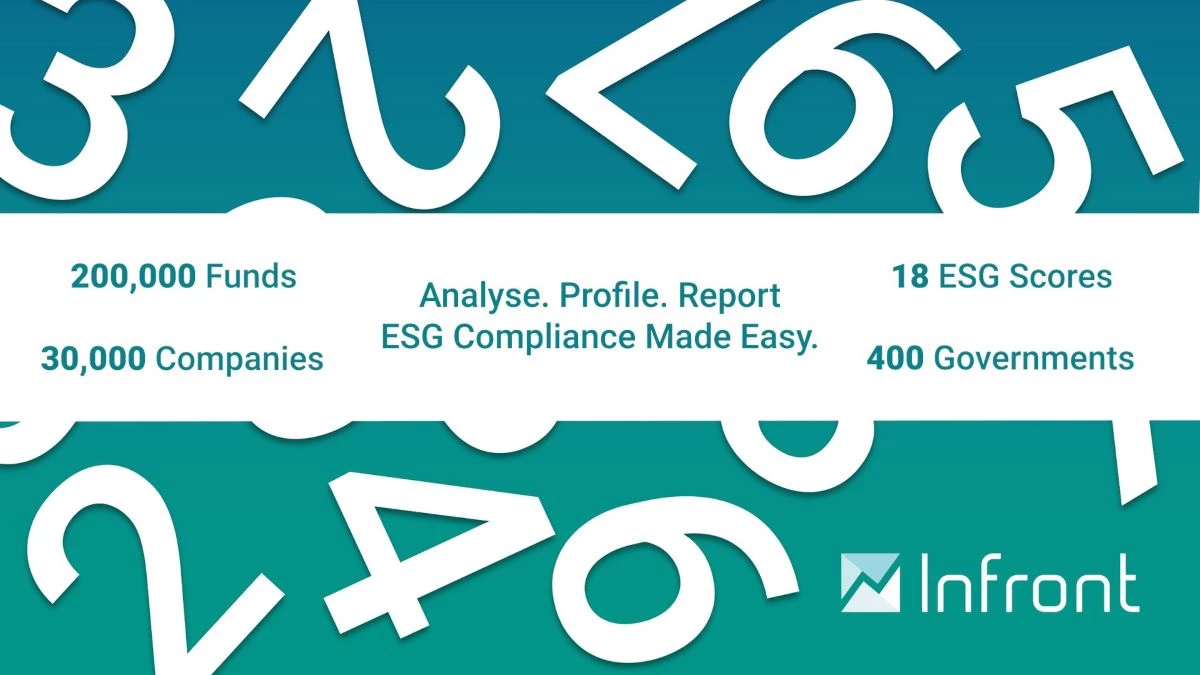Addressing the challenges of ESG reporting
In this blog, the third in our series on ESG (Environmental, Social and Governance), we look at some of the challenges that financial services firms face around ESG reporting, and how those challenges might be addressed.

SFDR Level 2 RTS
In April 2022, the European Commission published its proposed Level 2 Regulatory Technical Standards (RTS)[1] of the Sustainable Finance Disclosure Regulation (SFDR), to supplement the Level 1 measures applied in March 2021. It is expected that the Level 2 RTS will be applied in January 2023, although further delays have not been ruled out.
One of the key aspects of the Level 2 RTS is the requirement for asset managers and other investment firms to provide ESG reports containing both qualitative and quantitative information on the investment products that they offer to their clients. In addition, financial firms are required to set out sustainability information on their website and in pre-contractual documents, indicating how sustainability risks are measured and weighted.
The Level 2 RTS stipulates the content and format of ESG disclosure reporting and is designed to provide more clarity to investors regarding the ESG aspects of investment products. Although many companies produce their own sustainability reports today, there are no specifications regarding the structure or content of these reports, so a range of reporting formats has emerged, including the German Sustainability Code (DNK) and the Global Reporting Initiative (GRI) for example.
Analysing ESG risk
To support the quantitative element of ESG reporting, firms will need to have a clearly defined approach and methodology for measuring ESG risk, for example, using a relative scoring methodology to compare individual investments and analyse portfolio characteristics. Under this approach, risk scores are divided at a high level into the three categories of Environmental, Social and Governance, and then broken down into sub-categories. For example, under the environmental category, scores can be applied for subcategories such as total emissions, resource use, product footprint and supplier footprint.
Risk definitions should also factor in reputational risks, for example, through business relationships with other companies that are themselves affected by sustainability risks or the lack of sustainable activities.
Client profiling
Another important issue closely related to ESG reporting is that of client profiling, i.e., establishing which investment products can be sold to which clients, based upon the client’s criteria for sustainable investments, so that they can be factored into the investment process.
For existing clients, who may have a mix of ESG and non-ESG products in their portfolio, any adjustments to individual workflows, reports and assessments should be identified and implemented early on.
How Infront helps with ESG reporting
Within the framework of SFDR and the EU Taxonomy, Infront provides a range of functionality for client profiling, risk scoring and ESG reporting, including ex-ante and ex-post compliance checks.
To help clients measure and manage their ESG risk, Infront has partnered with Clarity AI, a global data science and technology platform that uses machine learning and big data to deliver environmental and social insights. With Clarity AI, Infront integrates ESG Risk scores for more than 30,000 companies, 200,000 funds and 400 governments, providing levels of granularity with a total of 18 scores, including: Total ESG score; Environmental, Social and Governance scores; and ESG sub-scores.
And to meet the new MiFID II target market requirements, Infront now supports client profiling, target market matching and suitability checks. ESG scores can also be used in the investment and client service processes.
Reporting is a fundamental aspect of new ESG regulations, so it is essential that firms work with solution providers that can address all their ESG reporting needs.
[1] https://ec.europa.eu/finance/docs/level-2-measures/C_2022_1931_1_EN_ACT_part1_v6%20(1).pdf





 Back to all news
Back to all news
